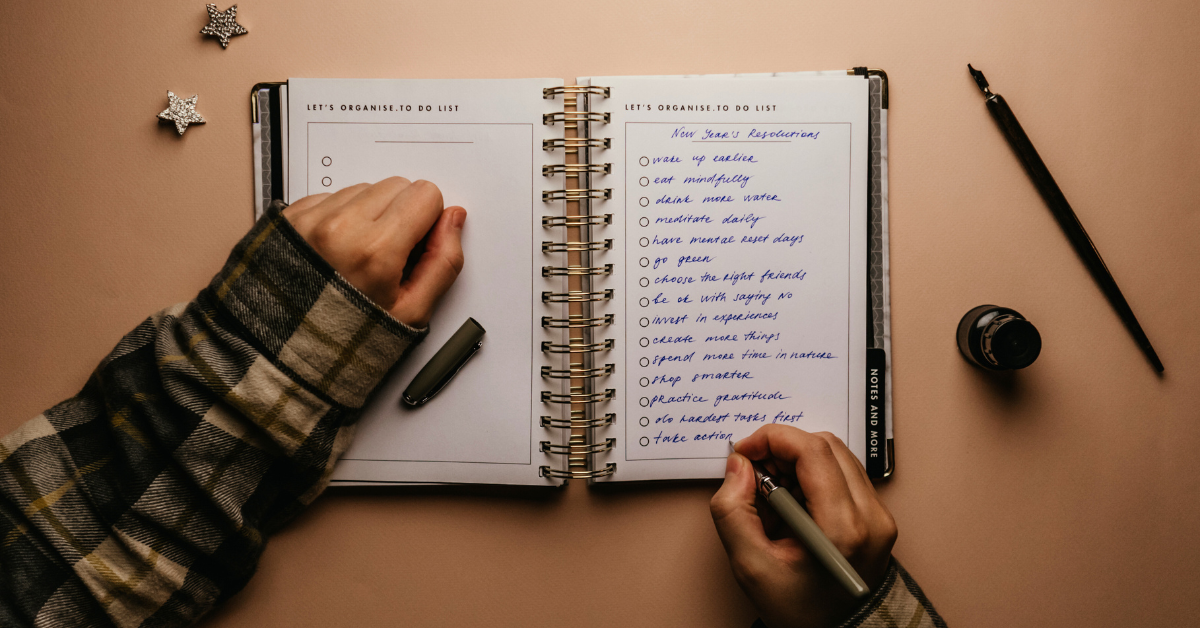Basic Body Language Tips You Need to Know When Networking
Whether you're at a local industry event in Sydney, a business breakfast in Brisbane, or a virtual meetup with fellow professionals across Australia, one thing remains constant: body language plays a critical role in how you connect with others. In fact, research suggests that nonverbal cues can make up more than half of all communication.
Networking is a skill that can open doors to new partnerships, business opportunities, and personal growth. But while most people focus on what to say, what you do with your body can often say more. At Industry Partners Australia, we know our members are eager to make lasting, professional connections — so let's dive into the basics of body language that can boost your presence and confidence in any networking setting.
1. The Power of a Genuine Smile
Let’s start with the easiest and most powerful tool in your networking toolkit: a genuine smile.
A warm smile communicates friendliness, approachability, and openness. It helps put others at ease and sets a positive tone for your interaction. In the Australian business culture — which often values authenticity and down-to-earth communication — a smile can go a long way in building rapport.
Tip: Don’t fake it. A forced smile can come off as disingenuous. Try to smile with your eyes as well — this is known as a “Duchenne smile” and is universally perceived as more authentic.
2. Make Eye Contact (But Not a Stare Down)
Maintaining appropriate eye contact shows you're attentive, confident, and genuinely interested in the conversation. It helps create trust and shows that you value the other person's input.
However, there’s a fine line between steady eye contact and an unrelenting stare. The sweet spot? Aim to hold eye contact for about 3–5 seconds at a time before briefly glancing away.
In Australia, where relaxed professionalism is often the norm, steady but casual eye contact signals both respect and ease — crucial traits in a networking environment.
Tip: If you're nervous, try focusing on one eye or the bridge of the nose. It creates the illusion of direct eye contact without the pressure.
3. Offer a Confident Handshake
A good handshake is like a good cup of coffee — it’s firm, not too hot (or cold), and leaves a good impression.
When meeting someone for the first time, your handshake is one of the first signals of who you are. A firm but not overpowering grip signals confidence and professionalism, while a limp or crushing grip can give the wrong impression.
Tip: Stand up, face the person, make eye contact, and smile when you offer your hand. One or two pumps is sufficient. Don't forget to match your energy to the setting — business formal events may call for a more classic approach, while casual mixers may allow for a more relaxed style.
4. Watch Your Posture: Stand Tall, Stay Open
Your posture speaks volumes before you even say a word.
Standing upright with your shoulders back and your feet shoulder-width apart conveys confidence, engagement, and self-assuredness. Conversely, slouching or folding your arms can make you appear disinterested, guarded, or insecure.
Tip: Imagine a string pulling the top of your head toward the ceiling. This little mental trick helps align your posture naturally. Keep your arms open or relaxed at your sides, and resist the urge to cross them across your chest — it can seem defensive, even if you're just cold or nervous.
5. Mind the Distance: Respect Personal Space
In Australia, personal space norms tend to reflect a balance between casual friendliness and respect for boundaries. When networking, especially with new contacts, it's important not to crowd someone’s personal bubble.
A good rule of thumb is to stand about an arm’s length away. If the person leans in or steps closer, feel free to match their proximity. But always follow their lead.
Tip: If you’re unsure, observe how others are interacting in the space. This can give you a cultural or contextual cue about what's considered comfortable in that particular setting.
6. Use Gestures Naturally (But Don’t Overdo It)
Hand gestures can be a great way to emphasise your words and make your message more dynamic — but overusing them can become distracting or even appear rehearsed.
Natural, open-handed gestures — palms facing slightly up — generally come across as welcoming and trustworthy. Avoid pointing or crossing your arms tightly, as these can be perceived as aggressive or closed-off.
Tip: If you're unsure what to do with your hands, gently hold them together in front of you or rest one hand on the other. This keeps you from fidgeting and maintains a relaxed, open presence.
7. Mirror to Build Rapport
Mirroring — subtly mimicking the body language of the person you’re speaking with — is a powerful way to build rapport. It shows empathy and creates a sense of connection. People tend to feel more comfortable with others who seem familiar, and mirroring can help foster that feeling subconsciously.
Important: Keep it subtle. Mirroring isn’t about copying someone exactly. It’s about matching the energy and vibe of the interaction.
For example, if someone is speaking in a calm and measured tone with relaxed gestures, follow suit. If they’re enthusiastic and animated, it’s okay to match that energy — within reason.
8. Nod and Use Facial Expressions to Show Engagement
People like to feel heard. Using small nods and appropriate facial expressions shows you're actively listening and engaged in the conversation.
In the flow of networking, nodding at the right moments can show empathy, agreement, or encouragement. Raise your eyebrows slightly when something surprising or impressive is said. Smile when they share good news. These micro-reactions build emotional resonance.
Tip: Avoid overdoing the nodding — too much can feel robotic or overly eager. Let your reactions be a natural response to what’s being said.
9. Don’t Fidget — Calm the Nerves
Fidgeting — tapping your fingers, shifting from foot to foot, playing with your jewellery or clothing — can signal nervousness or impatience. While it's perfectly natural to feel nervous, especially at large industry events, it’s worth being mindful of these small movements.
Tip: Channel that nervous energy into positive movement. For instance, instead of tapping your foot, focus on steady breathing and grounding your feet. Holding a drink in one hand can also help occupy your hands if you tend to fidget.
10. Exit with Grace: Mind Your Body Language When Leaving
Just as first impressions matter, so do final ones. Ending a conversation with positive, respectful body language can leave a lasting impression.
Stand tall, smile, make eye contact, and thank the person sincerely. A simple, “It was great chatting — I’ll catch you at the next session,” while maintaining a warm, open posture, signals confidence and respect.
Avoid abrupt exits or turning away too quickly, which can seem dismissive. Even if you’re moving on to the next connection, doing so with presence and intention helps build your professional reputation.
Putting It All Together: The Confident, Approachable Networker
Let’s recap the basics for effective body language in networking:
-
-
Smile genuinely and often.
-
Maintain friendly, steady eye contact.
-
Offer a confident handshake.
-
Stand tall and keep an open posture.
-
Respect personal space.
-
Use natural gestures to support your words.
-
Mirror subtly to build connection.
-
Nod and use facial expressions to show you’re listening.
-
Avoid fidgeting and nervous tics.
-
Leave interactions gracefully and respectfully.
-
When combined, these tips help you come across as confident, approachable, and emotionally intelligent — all crucial traits in building long-term, professional relationships.
A Final Thought: Practice Makes Perfect
Like any skill, confident body language takes practice. Try these tips the next time you’re at an Industry Partners event or catching up with peers over coffee. Ask a trusted colleague or mentor for feedback, or even practice in front of a mirror or with a friend.
Remember: networking isn’t about being the loudest person in the room — it’s about making meaningful connections. And when your body language aligns with your intention, you’ll find those connections come much more naturally.
So go on — stand tall, smile, and own the room. You’ve got this.
.png?width=190&name=IPA%20Logo%20Transparent%20(Hi-Res).png)



